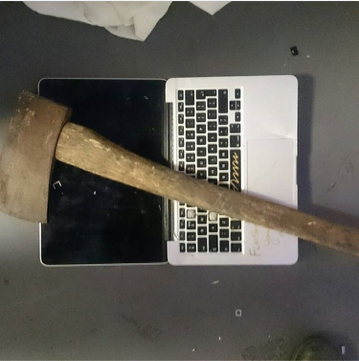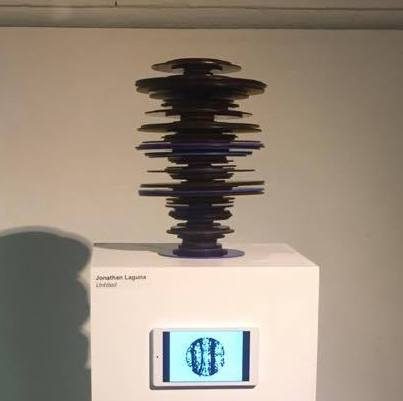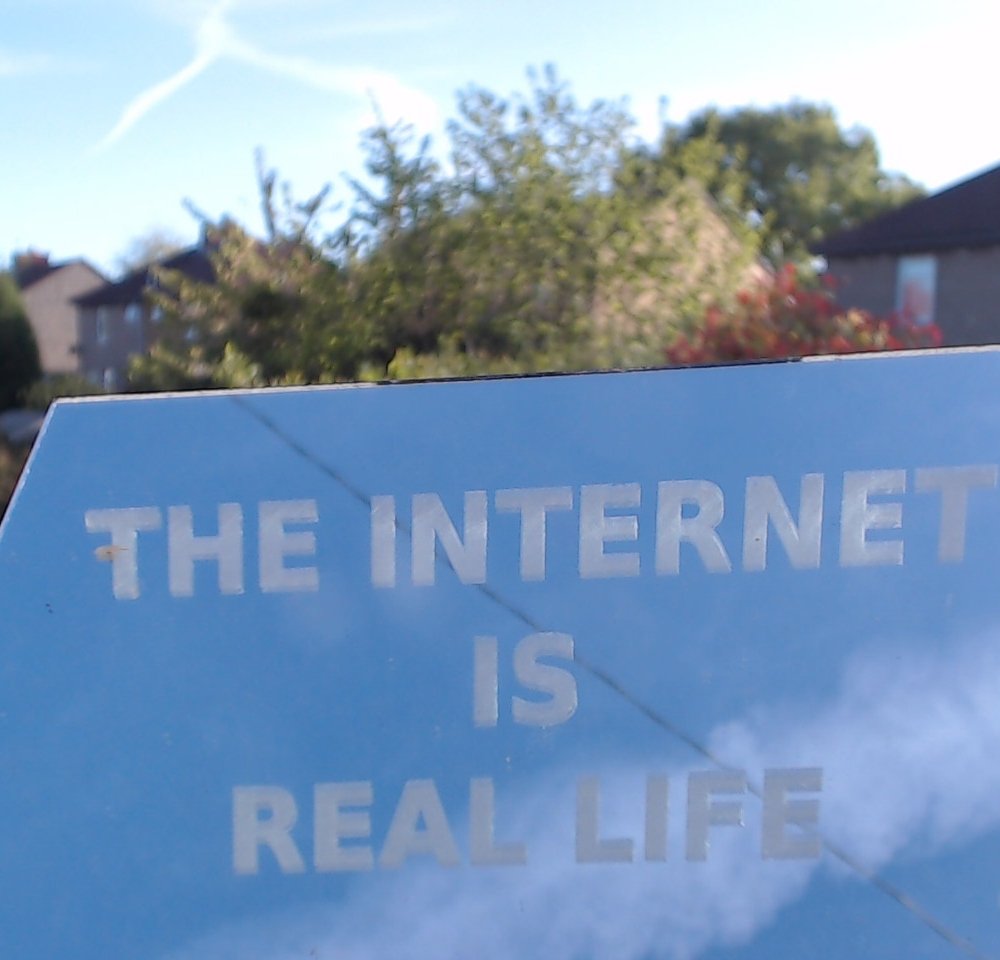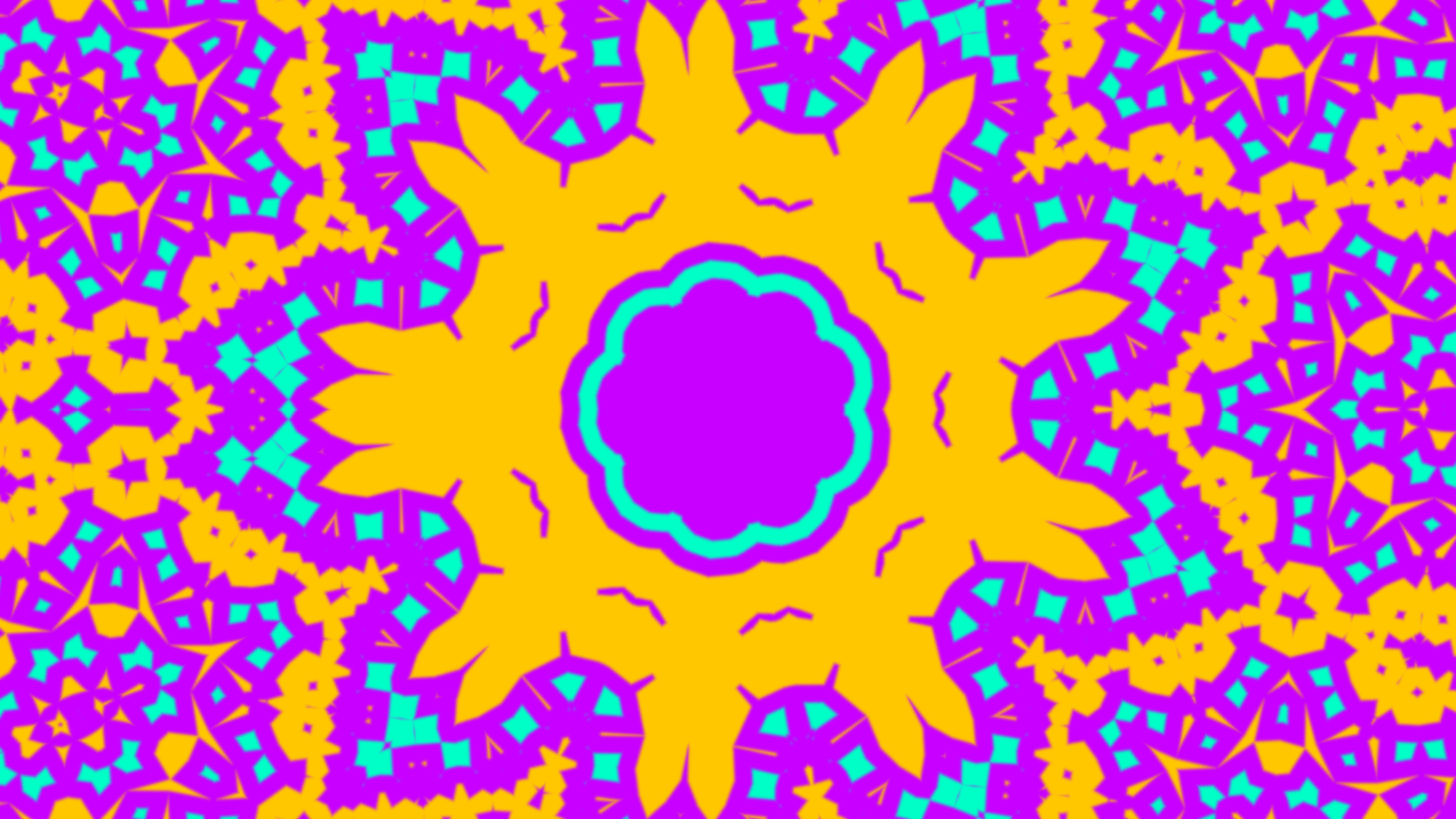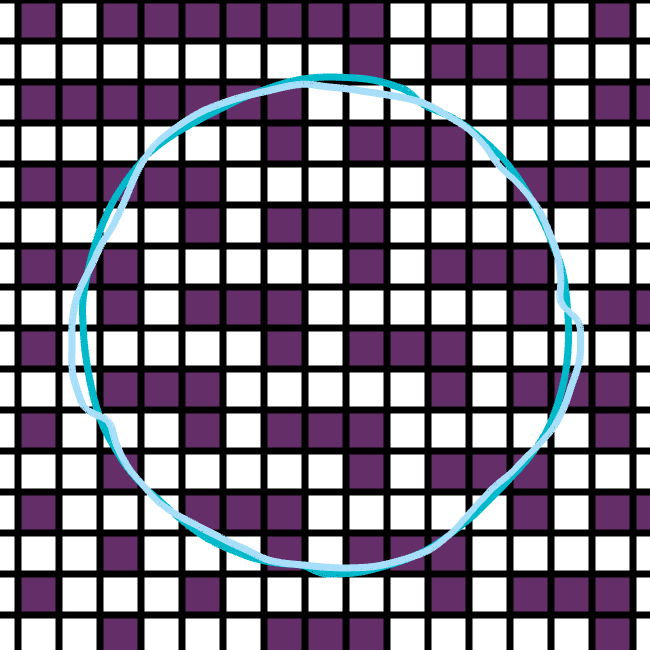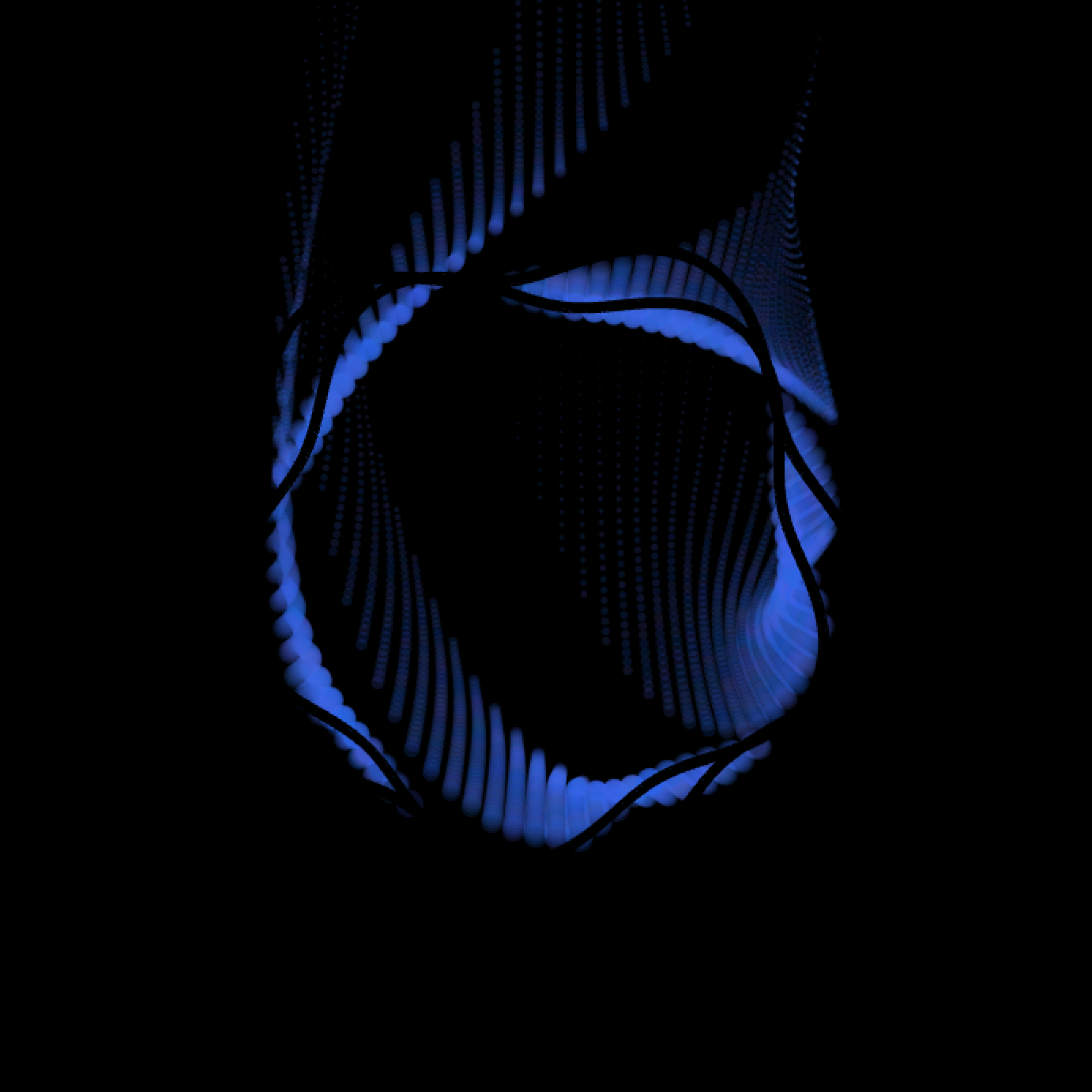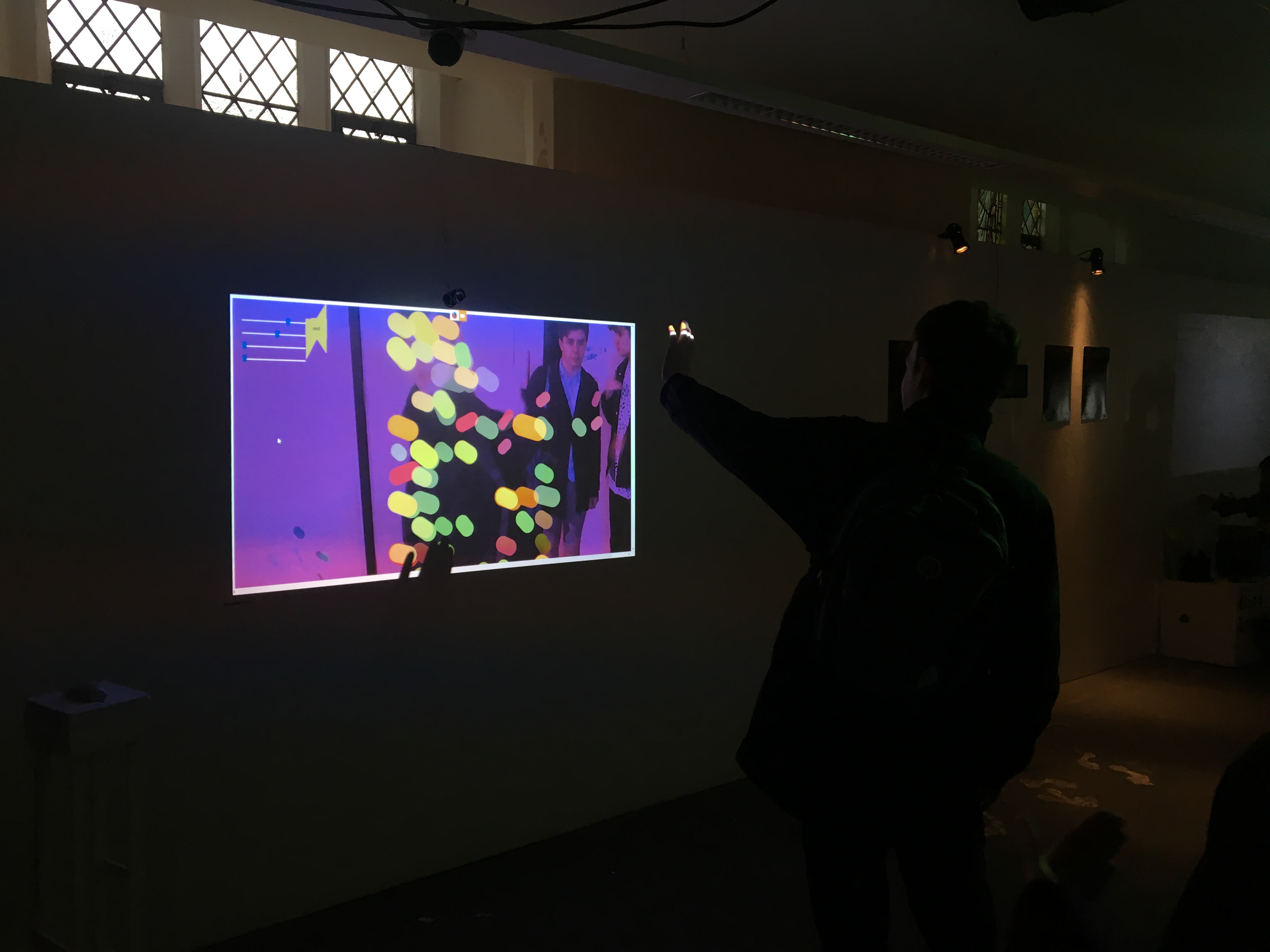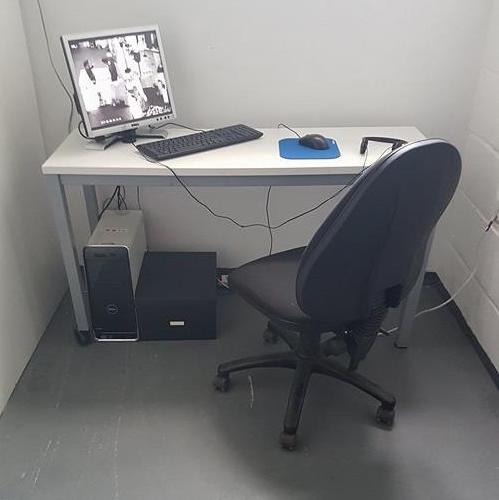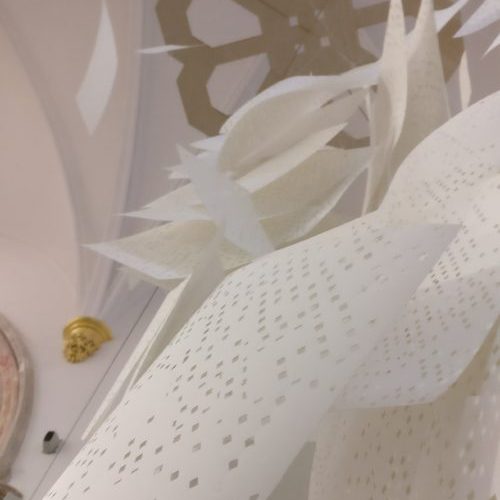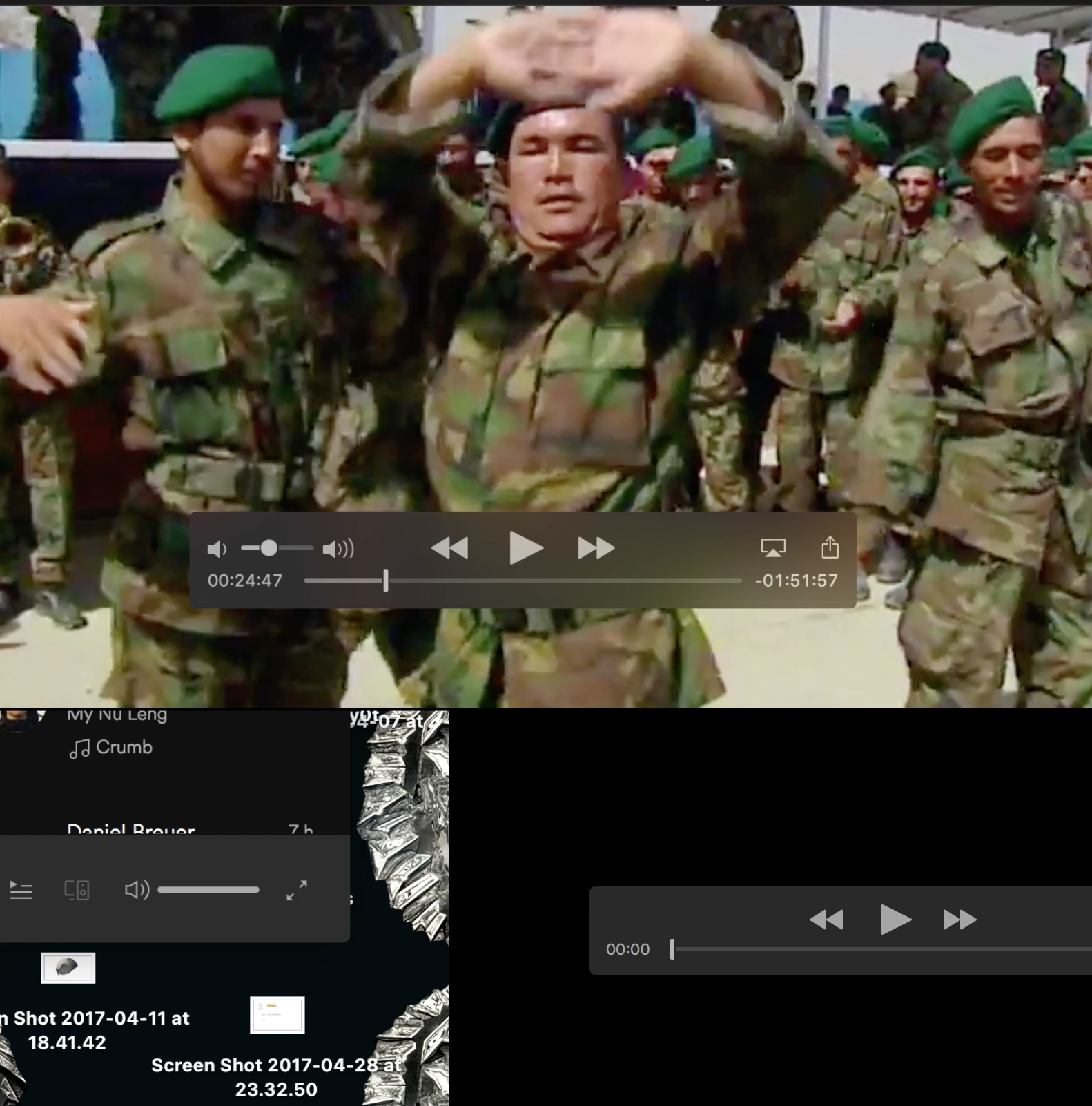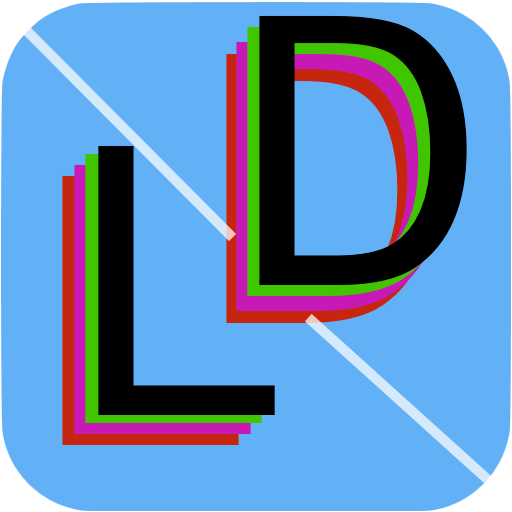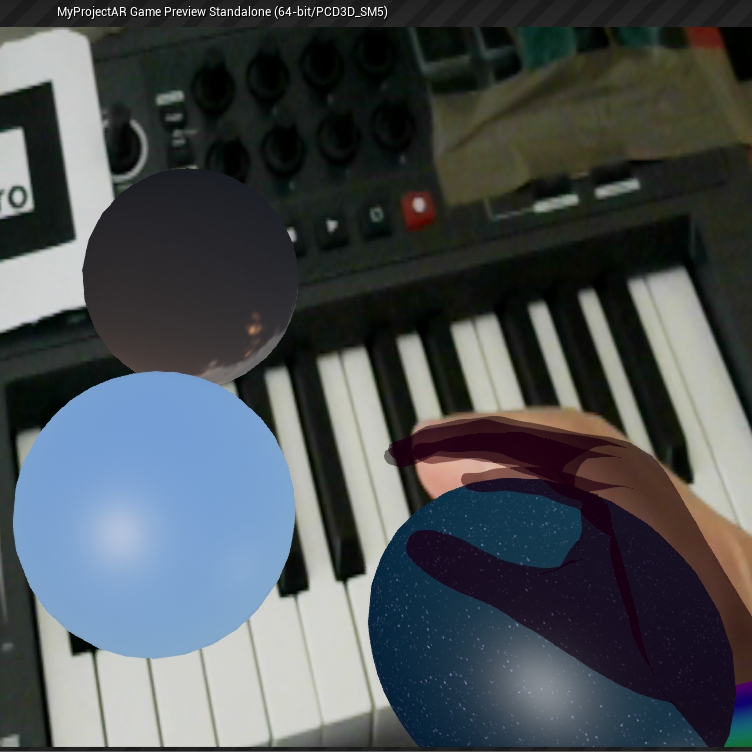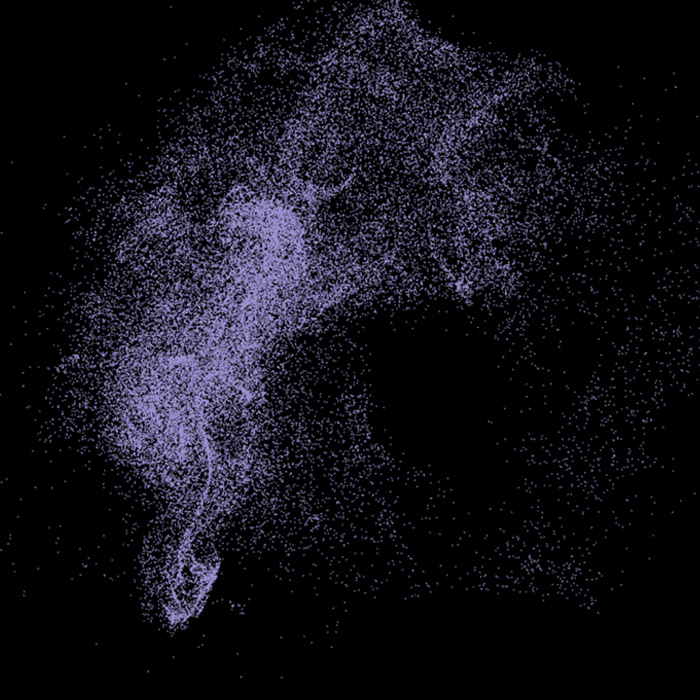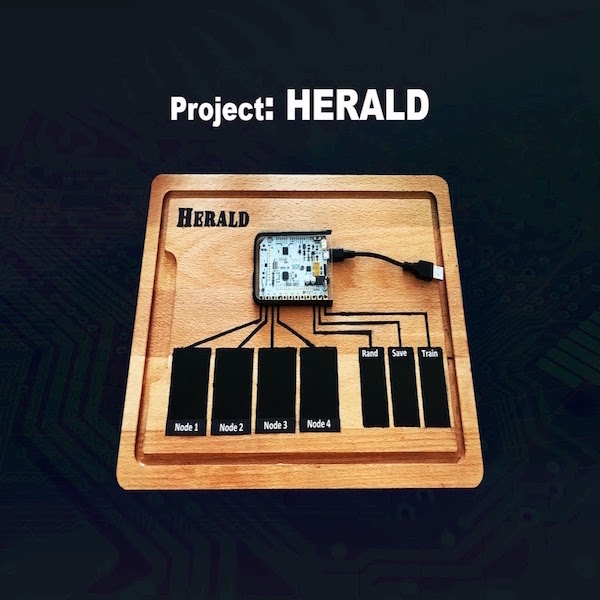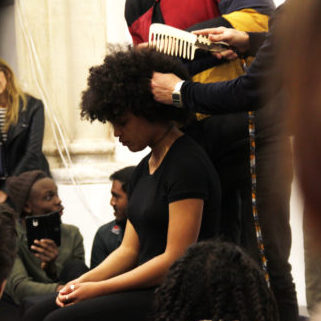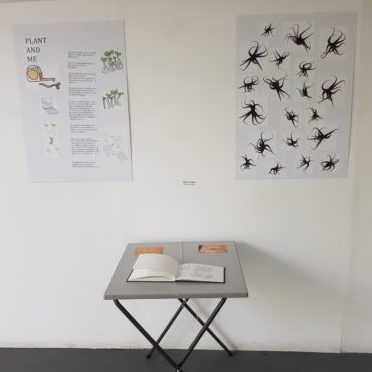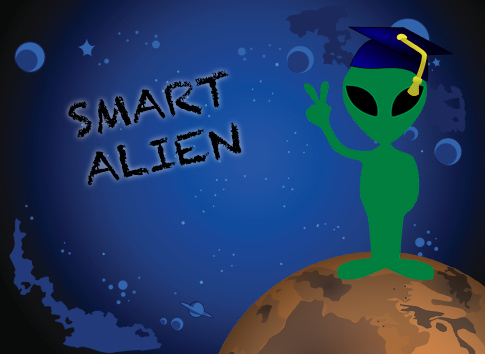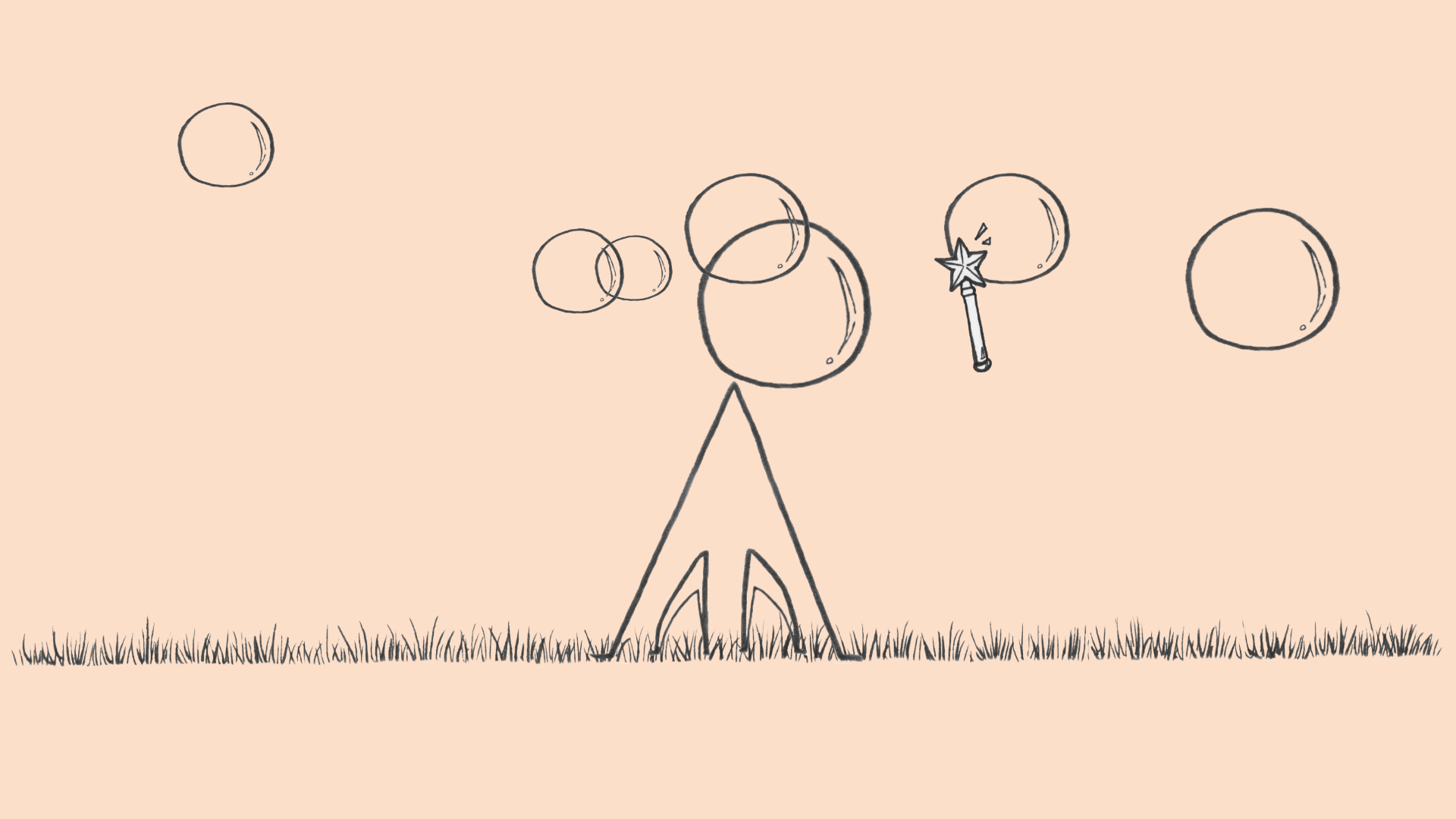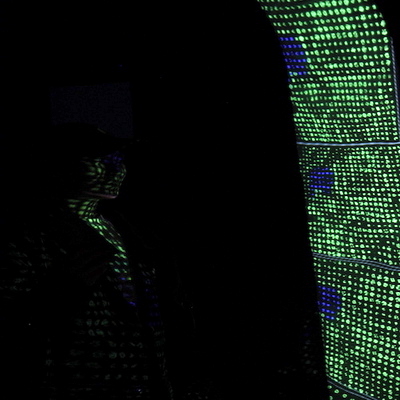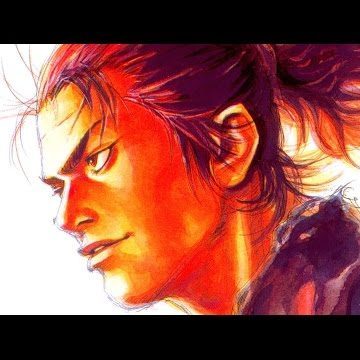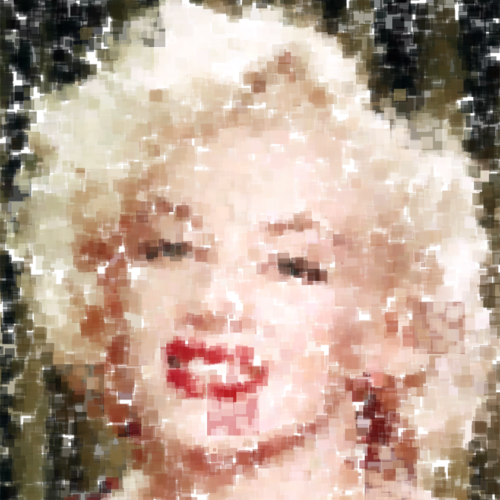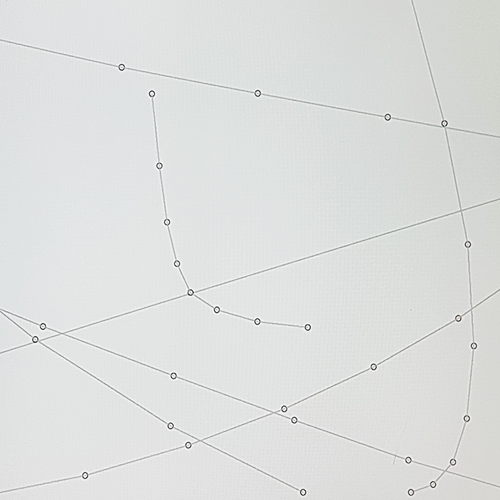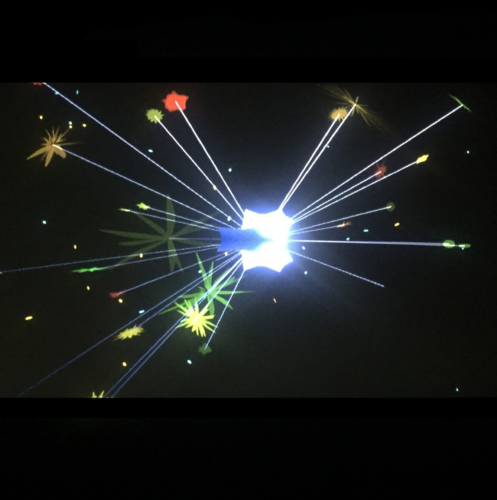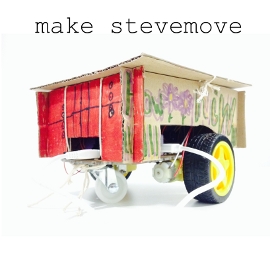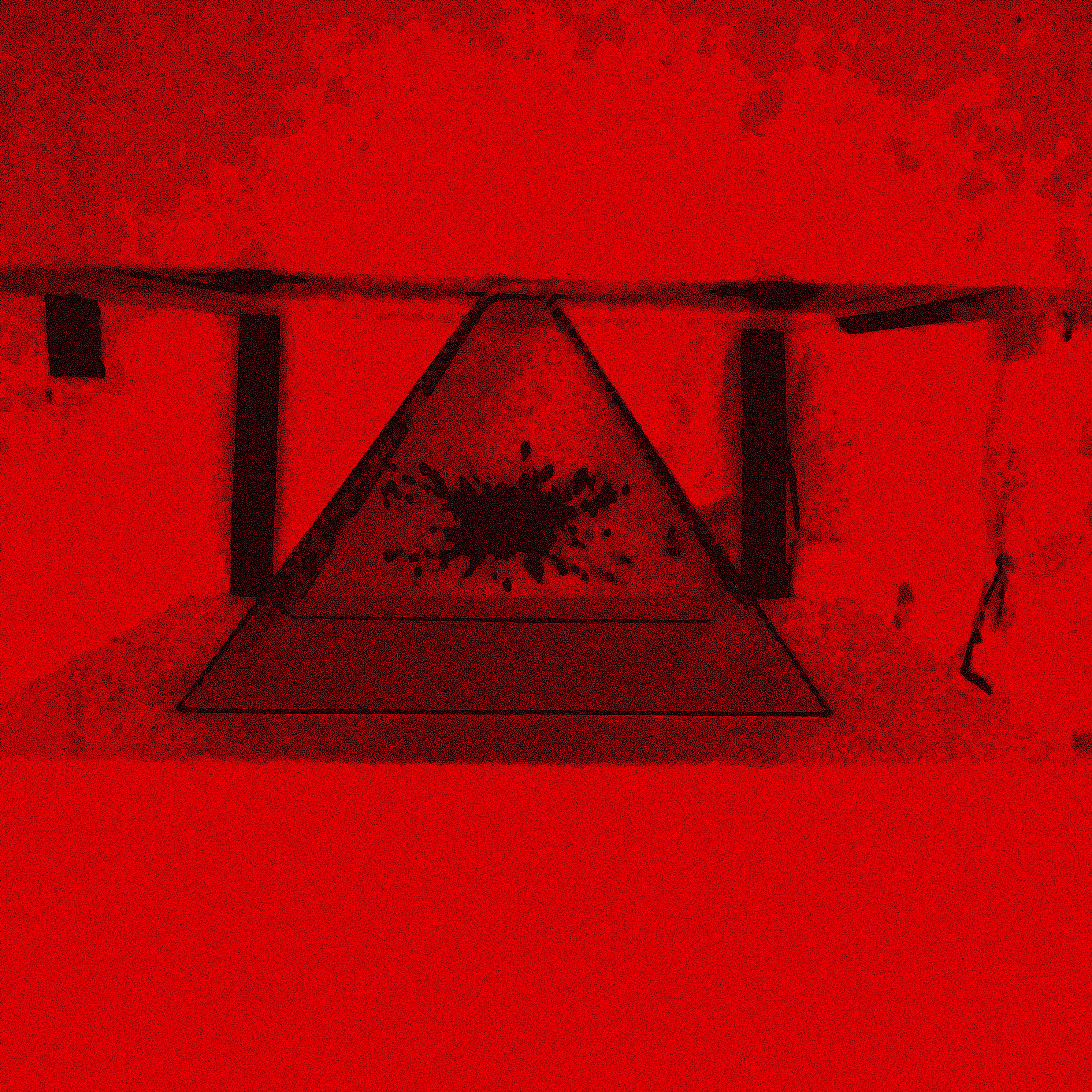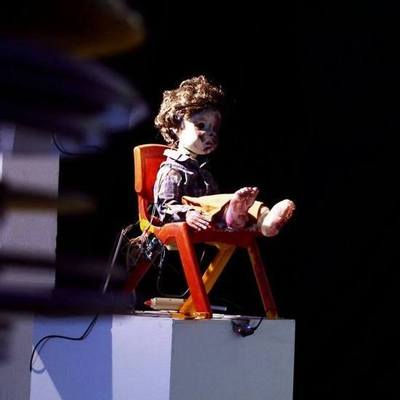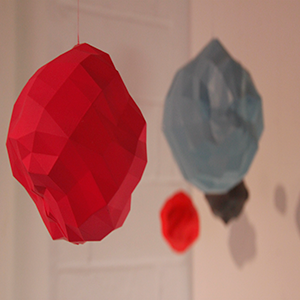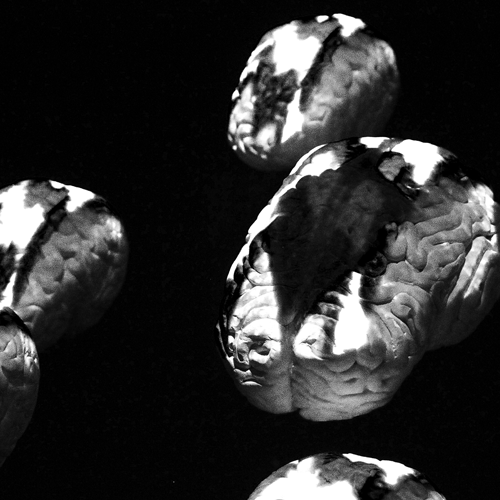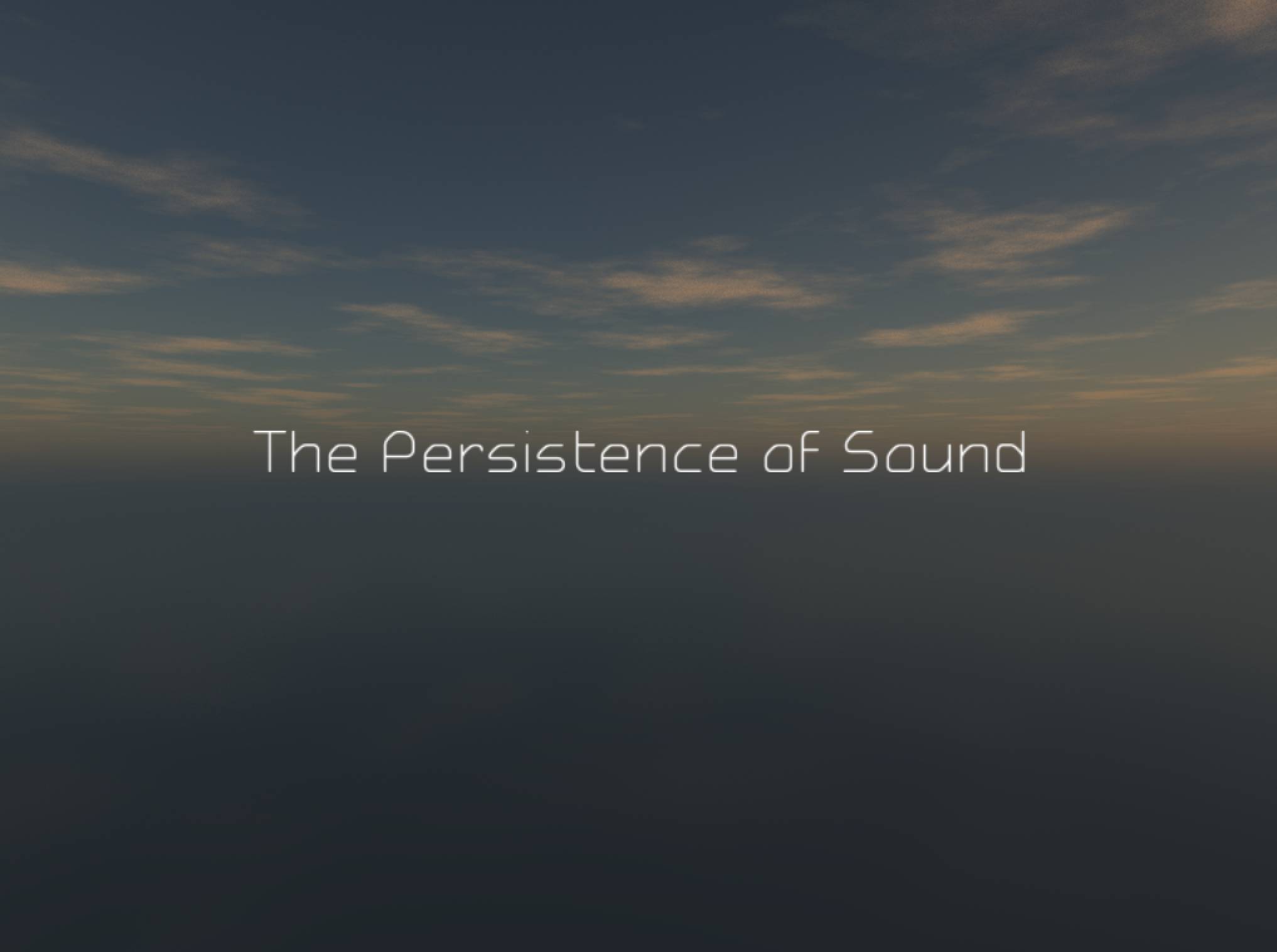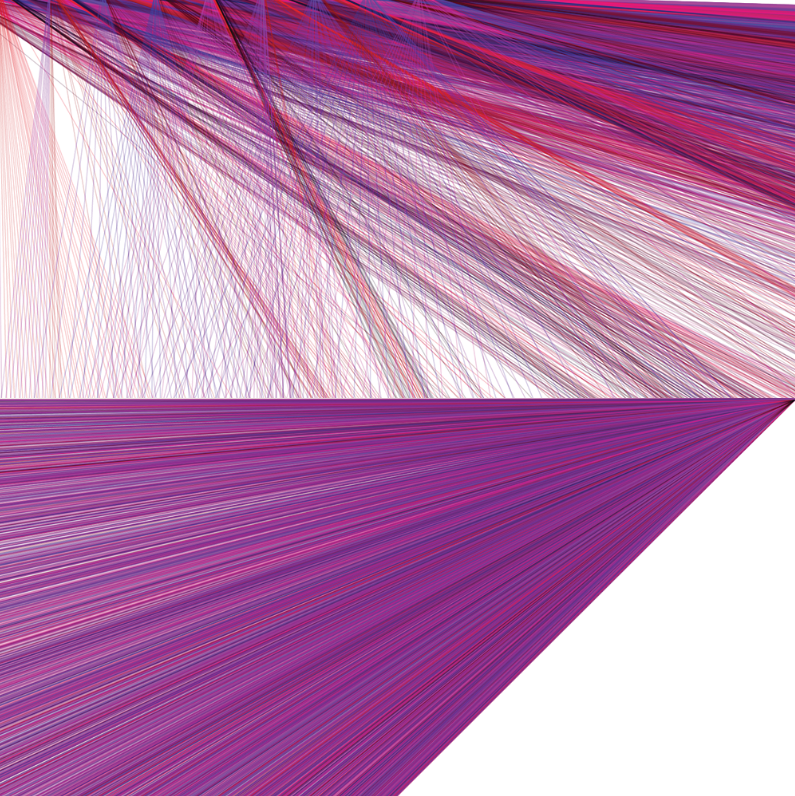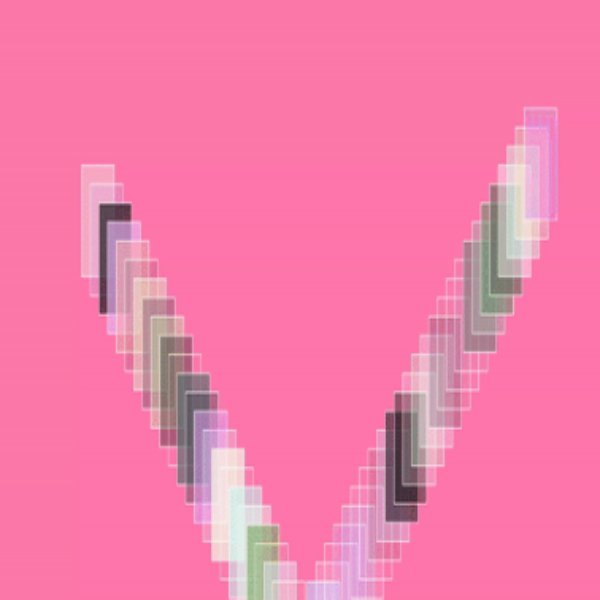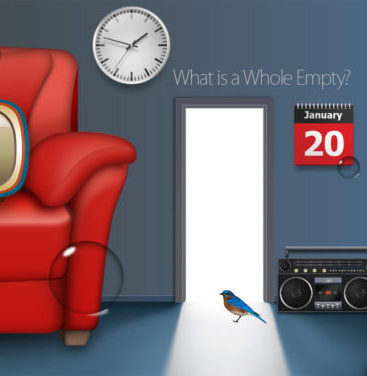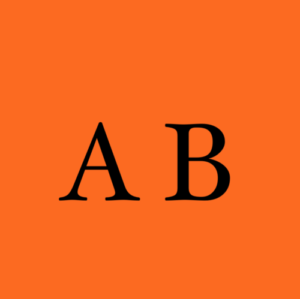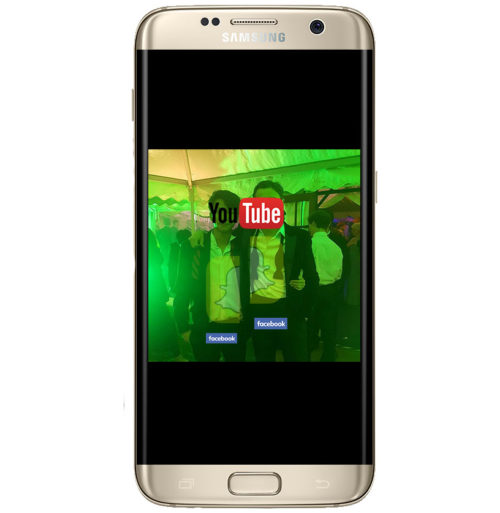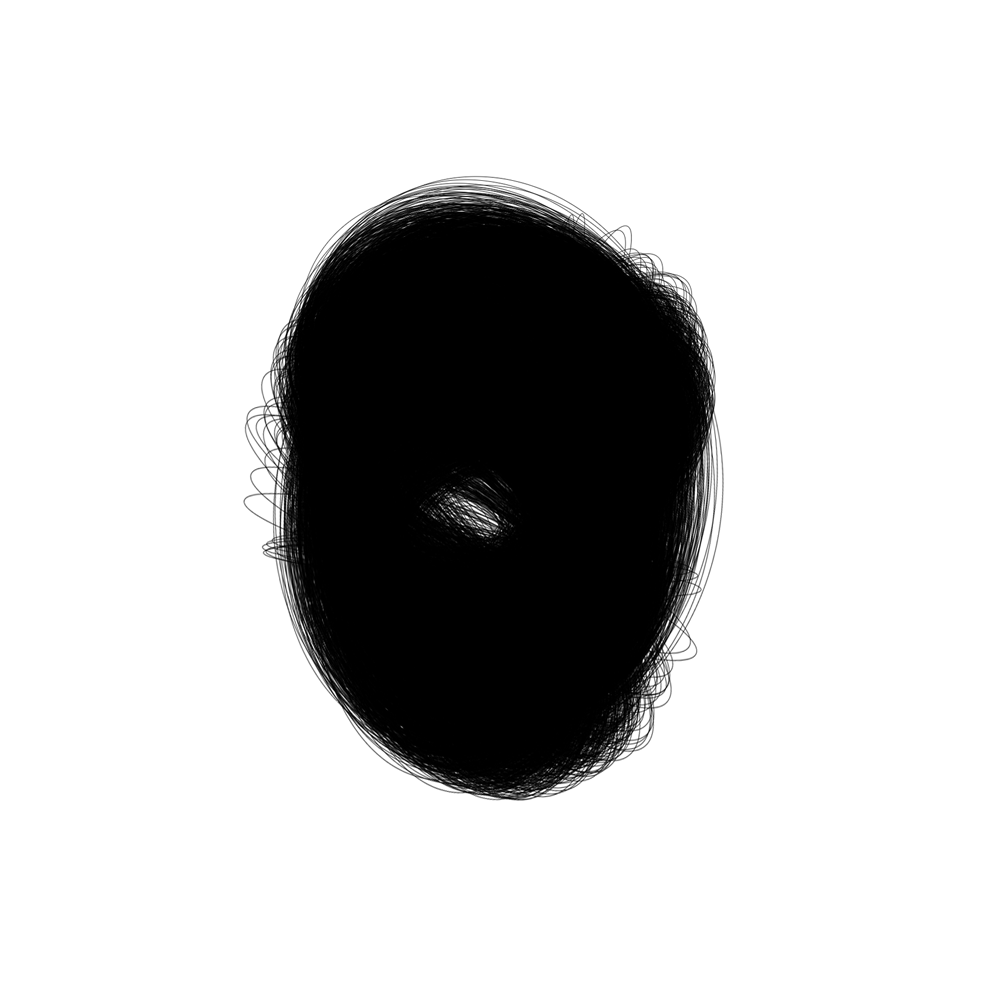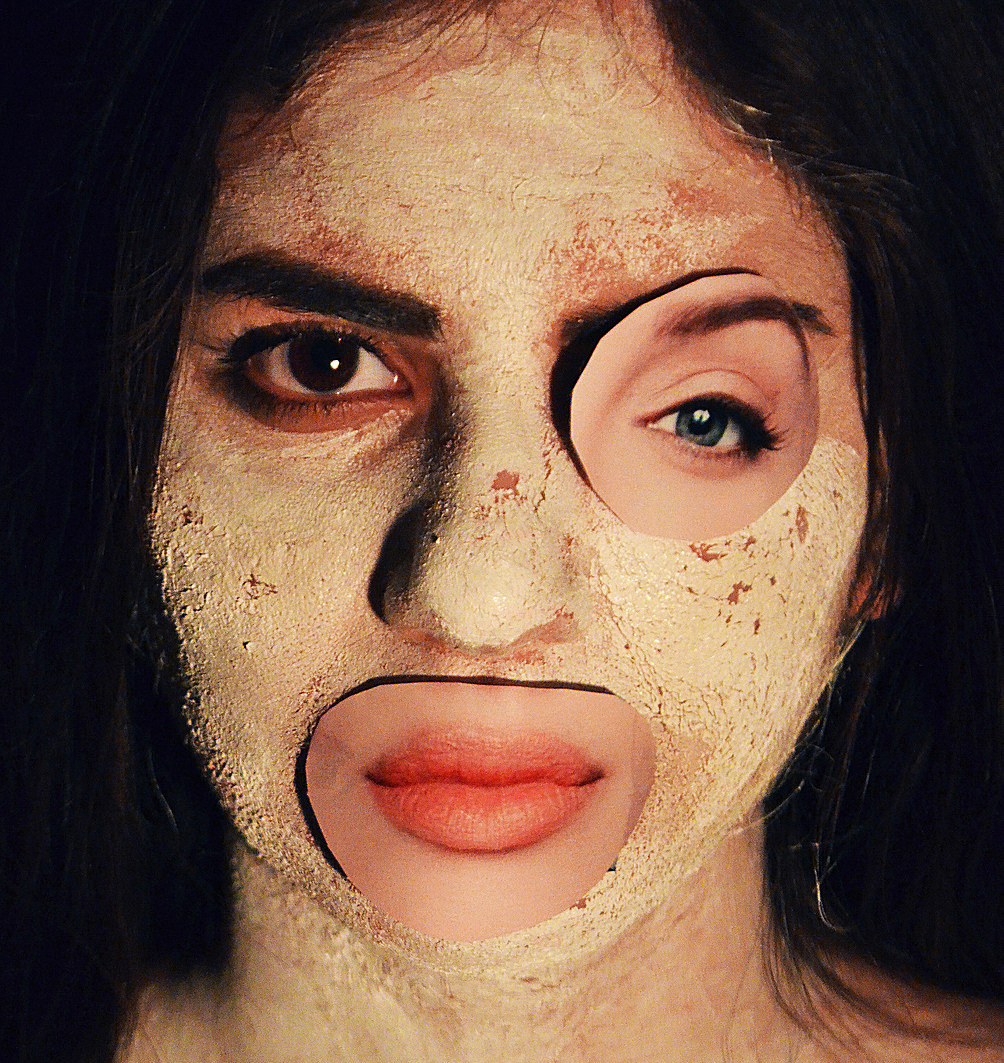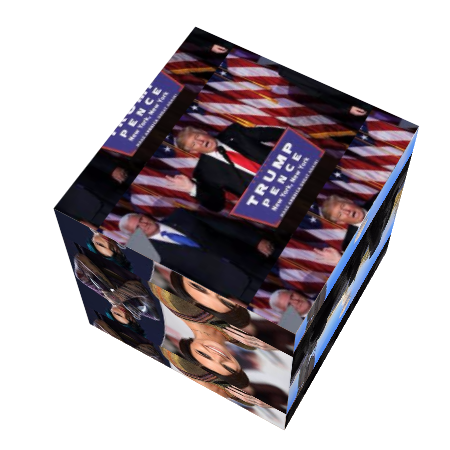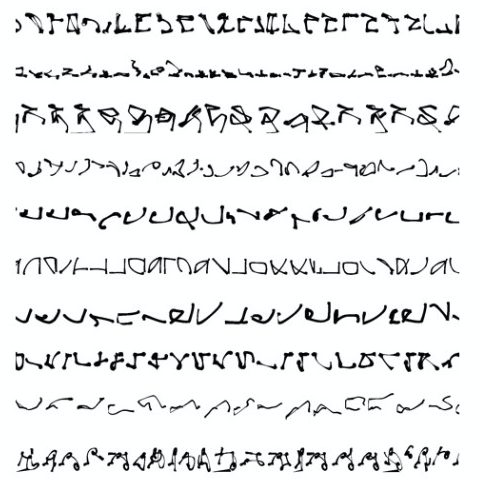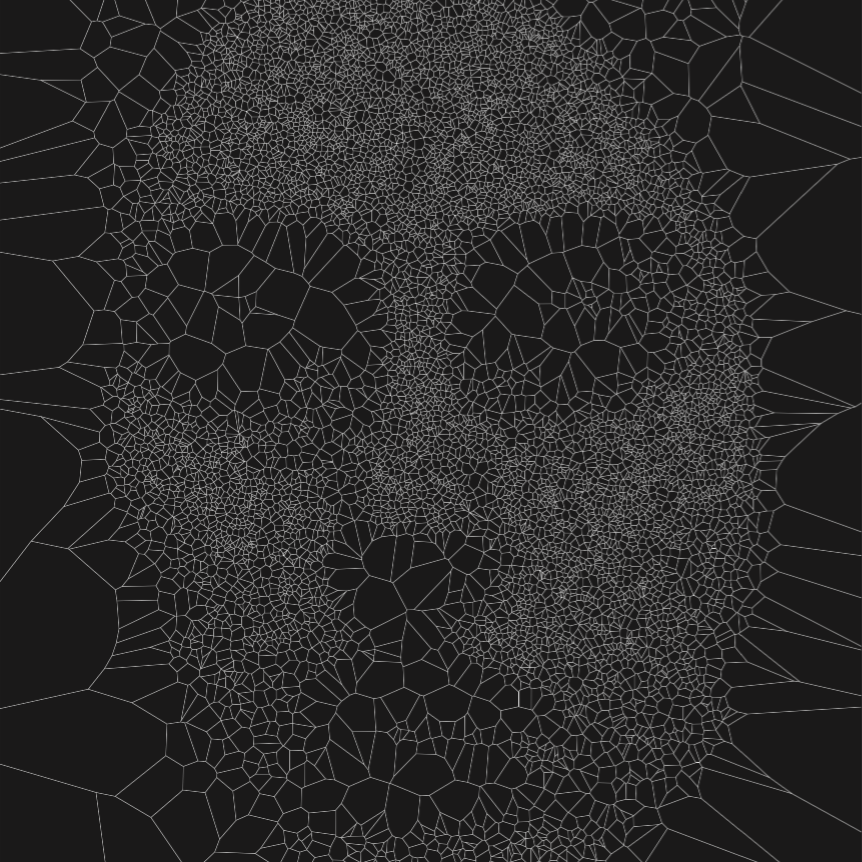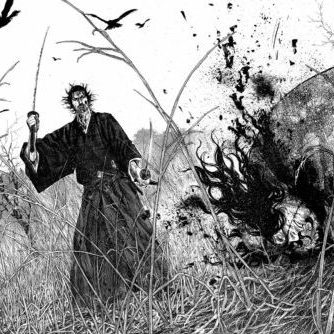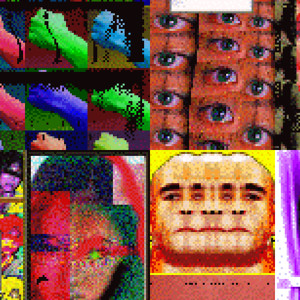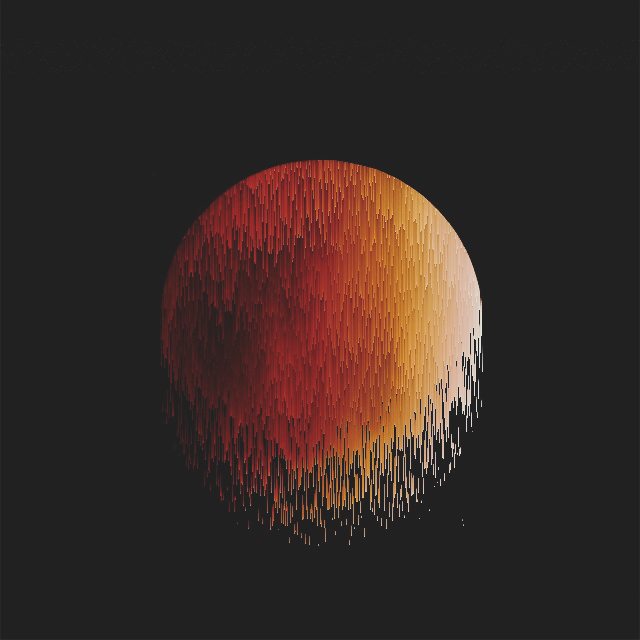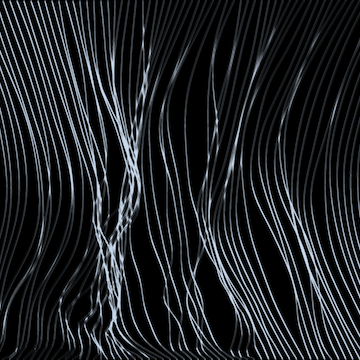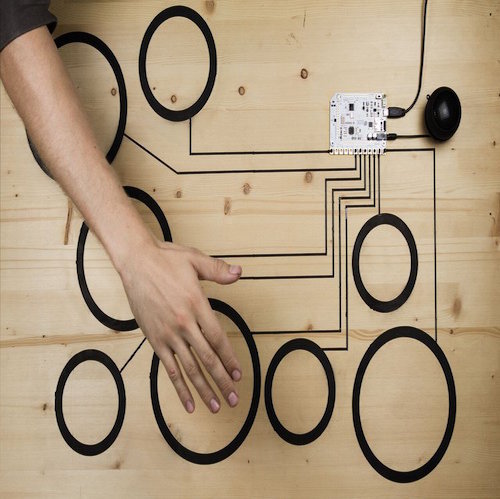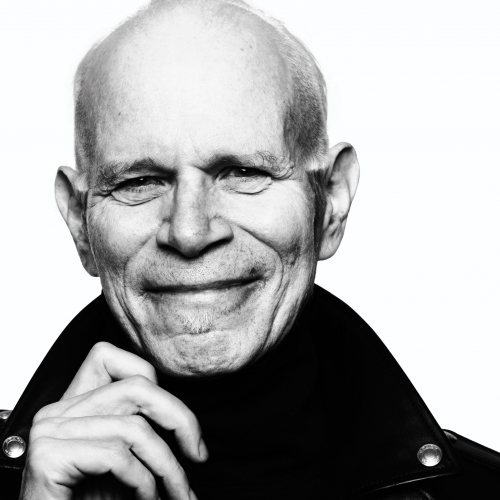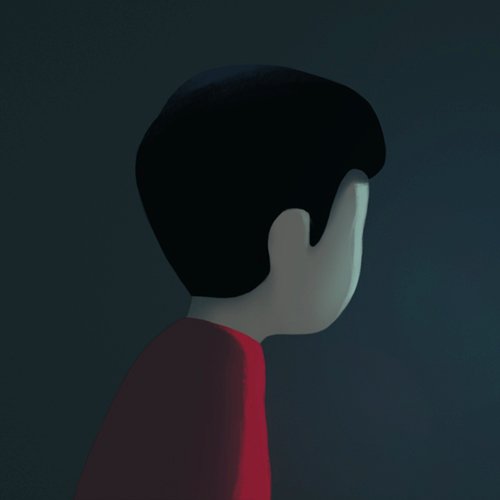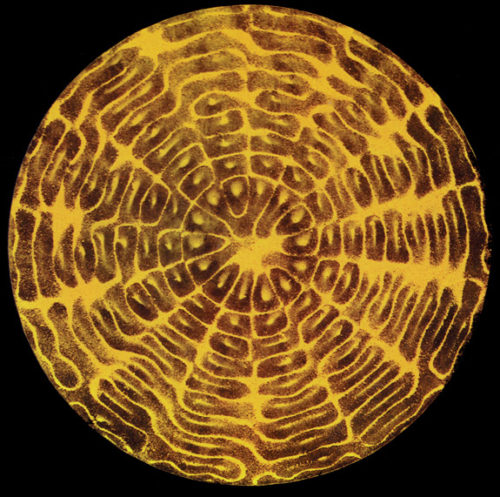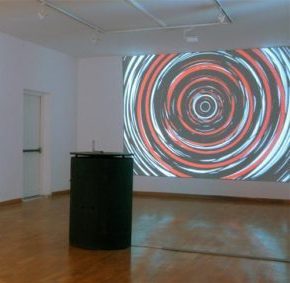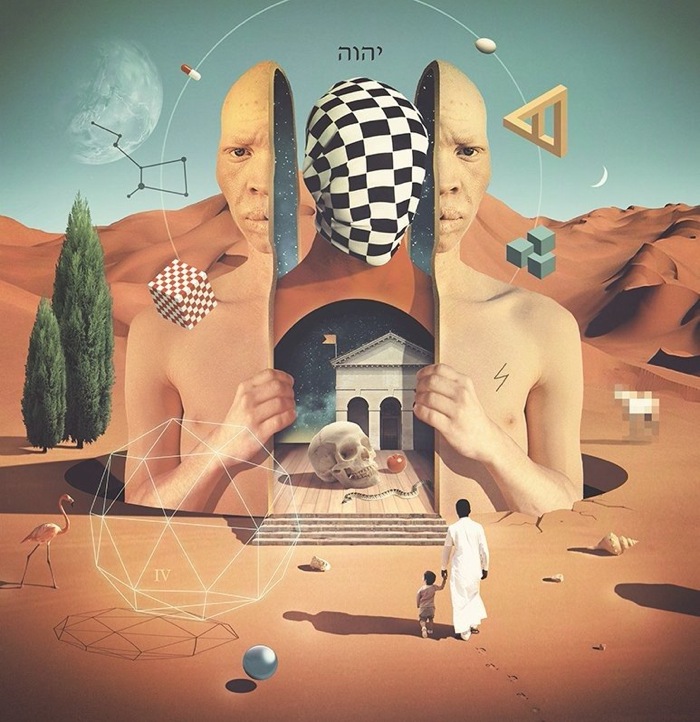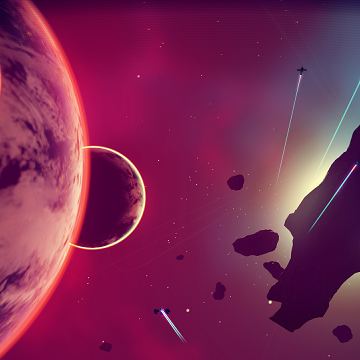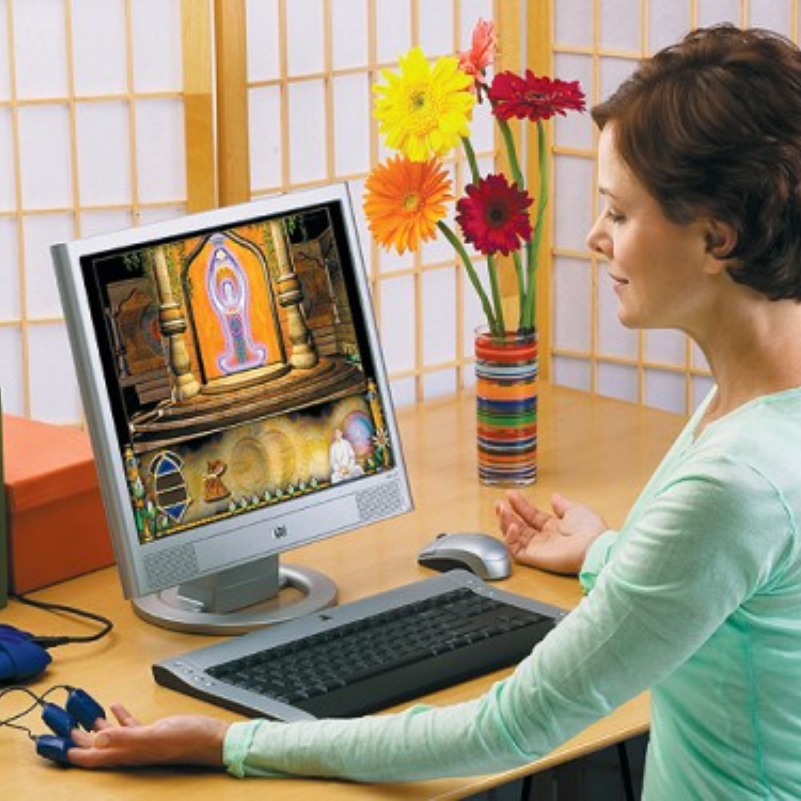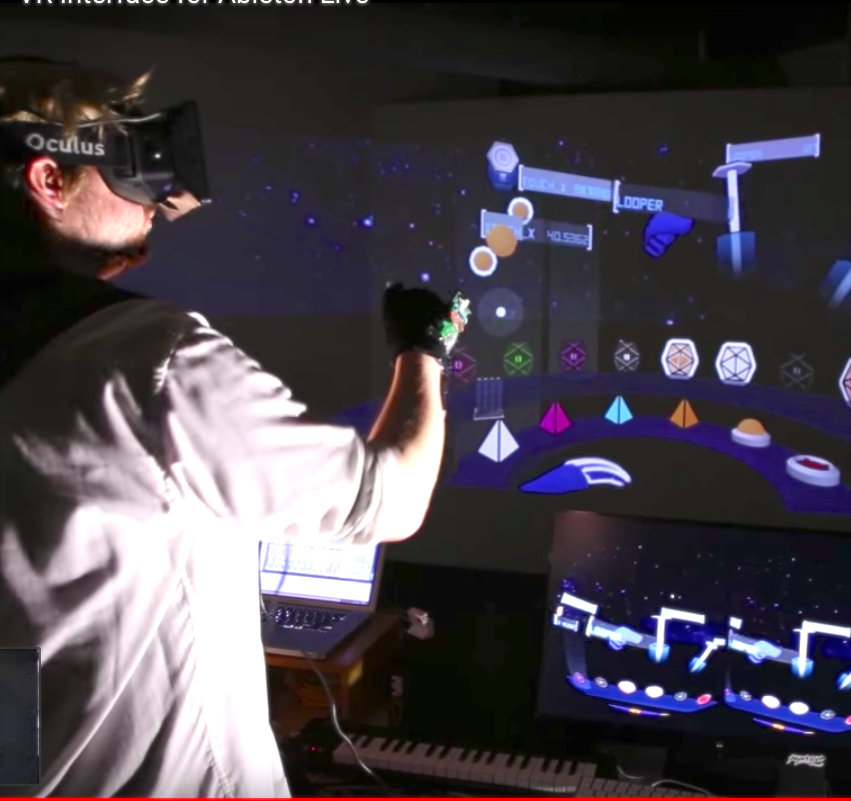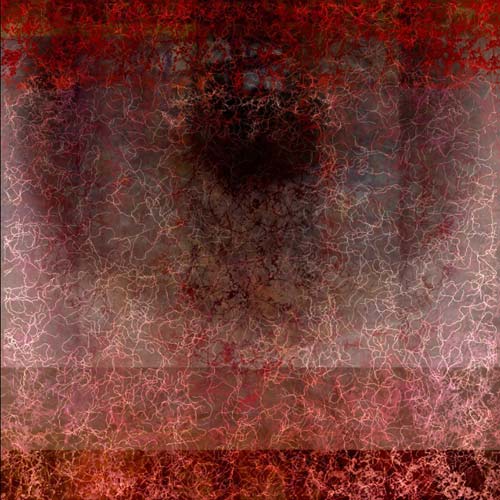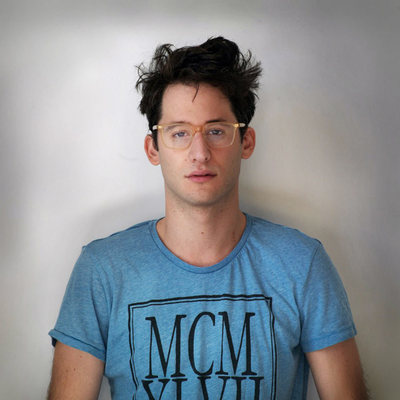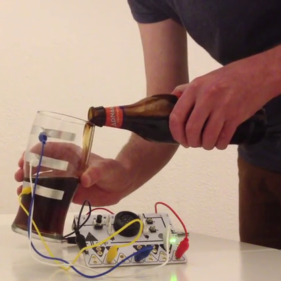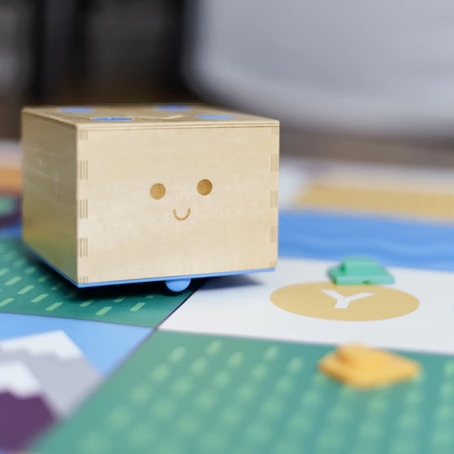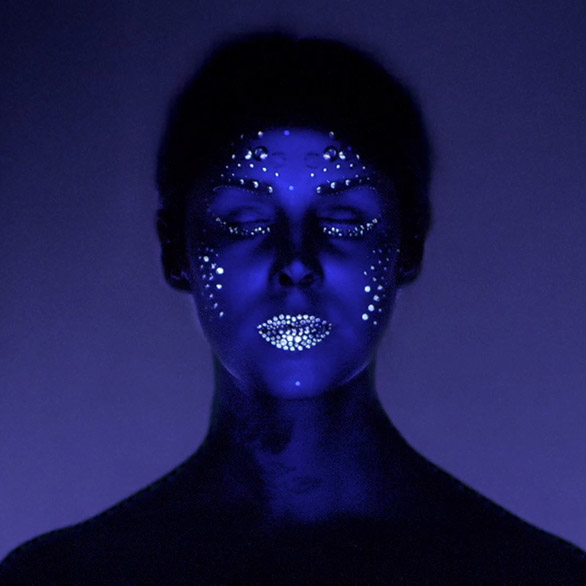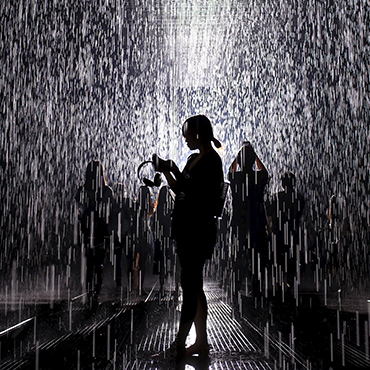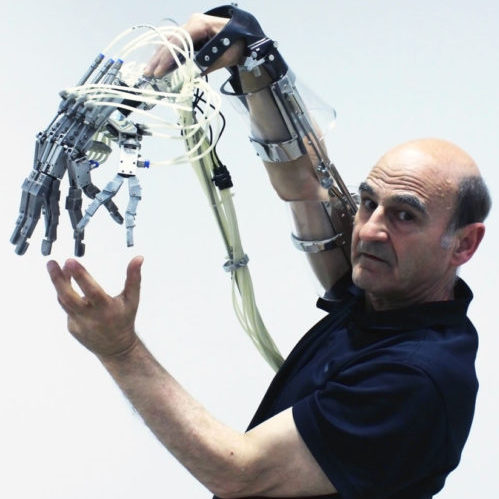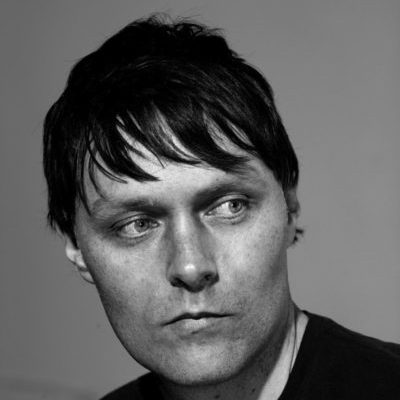Cable Ties
by: Gabriel Thomas
Cable Ties is a visual project consisting of four individual images structured by data that investigates metals, minerals and their relationship to smart technology. Further to this, it is also a piece that offers an opportunity to further my own understanding of the smartphone industry; not to simple analyse the credibility of these numbers in their singularity but consider how this information affects me and my environment in a climate of information overload, and internet addiction.
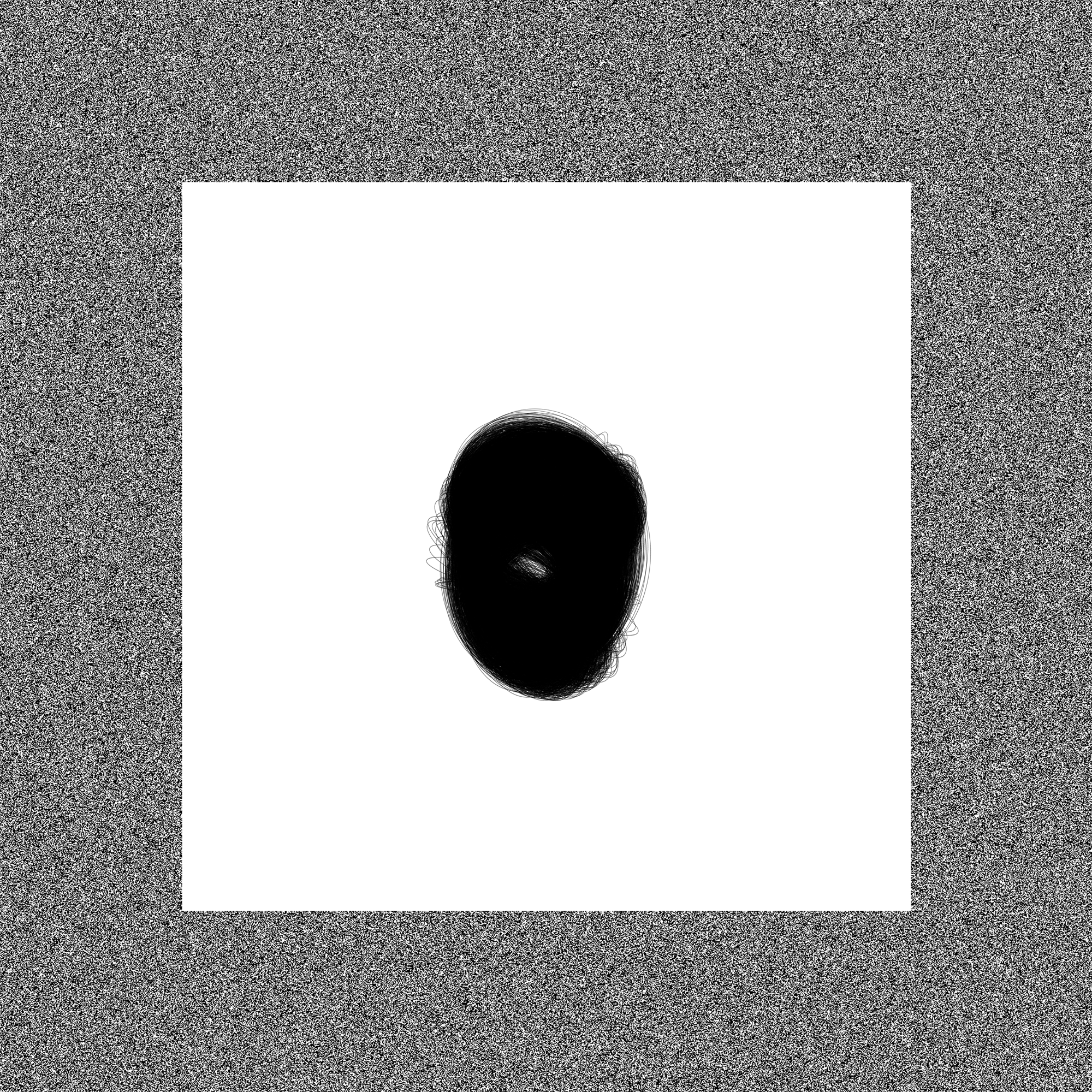

Metals and minerals are the building blocks for all smart technologies, my collection is a direct investigation into the resources it takes to build a single iphone. In producing these distorted graphs I have compared the weight of the four main components: Gold, Silver, Palladium and Platinum descending from the highest in demand. Each piece is built in the same way, but the duration of its construction entirely depended on the data it represents. Through the rapid reproduction of ellipses the mass required of each material dictates the amount of lines drawn in random, yet proportionate, locations. The result of this generated a correlation between a series of virtual objects and the resources required to build the machines that contain them.
In terms of production the programme created was relatively simple since the data it was handling was non-complex, comparative and easily fathomed by both man and machine. The structure of the code however was given scope for unpredictability and instability. Despite my piece fitting into the category of data visualisation the clarity of the data is challenged as it obscures more and more depending on the quantity. This due to the use of an operation that uses random noise to return a value that differs slightly from the one previous when deciding the location of the next ellipse. As the programme runs and diameters fluctuate, layers upon layers of looping shapes are scribbled onto the screen, their depiction becoming more and more senseless as time goes on. The intended effect of this is not to hide or mask the data but instead experiment with how I can use information and the values it gives me as another medium in my image making. Thematically I wanted to pull into question a piece that looks at how we value physicality, highlighting the pressure on tangible commodities to facilitate and assist the progress of intangible ones. Further to this I find the crudeness to how these materials are sourced to be of particular interest, this carrying the most weight in my mind as I envisage sprawling artisanal mines and a scrambling for resources in an attempt to satisfy the hunger of the west.
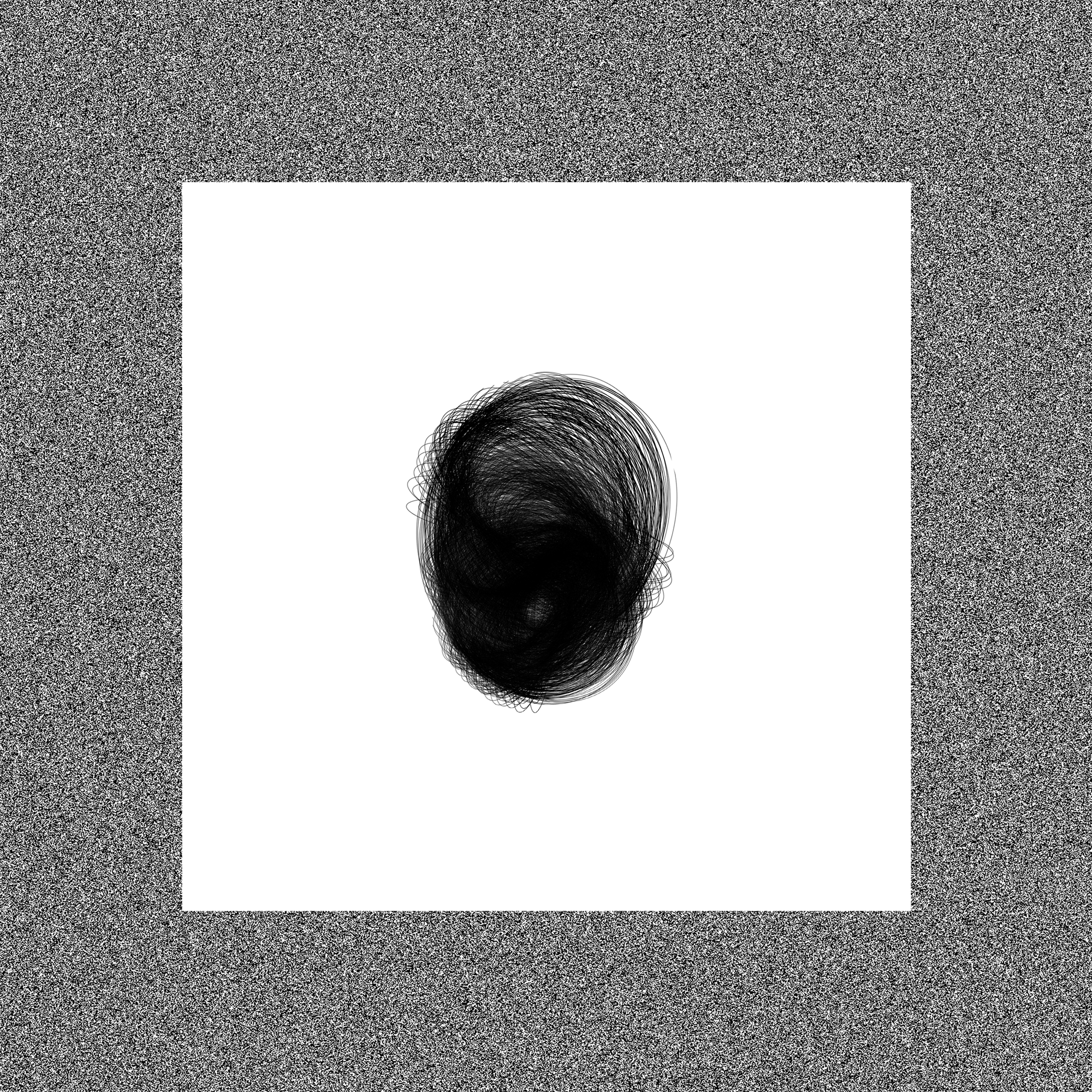

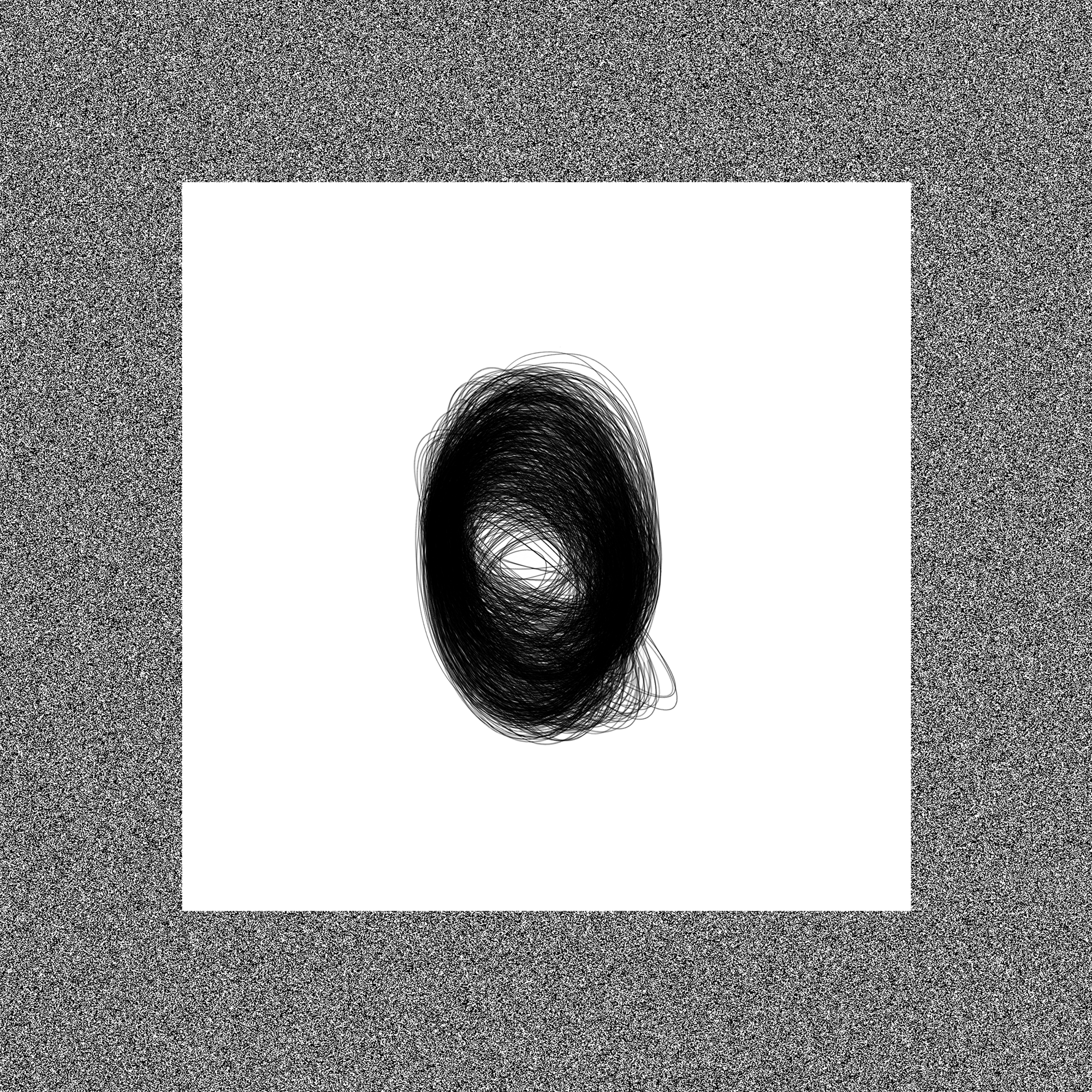

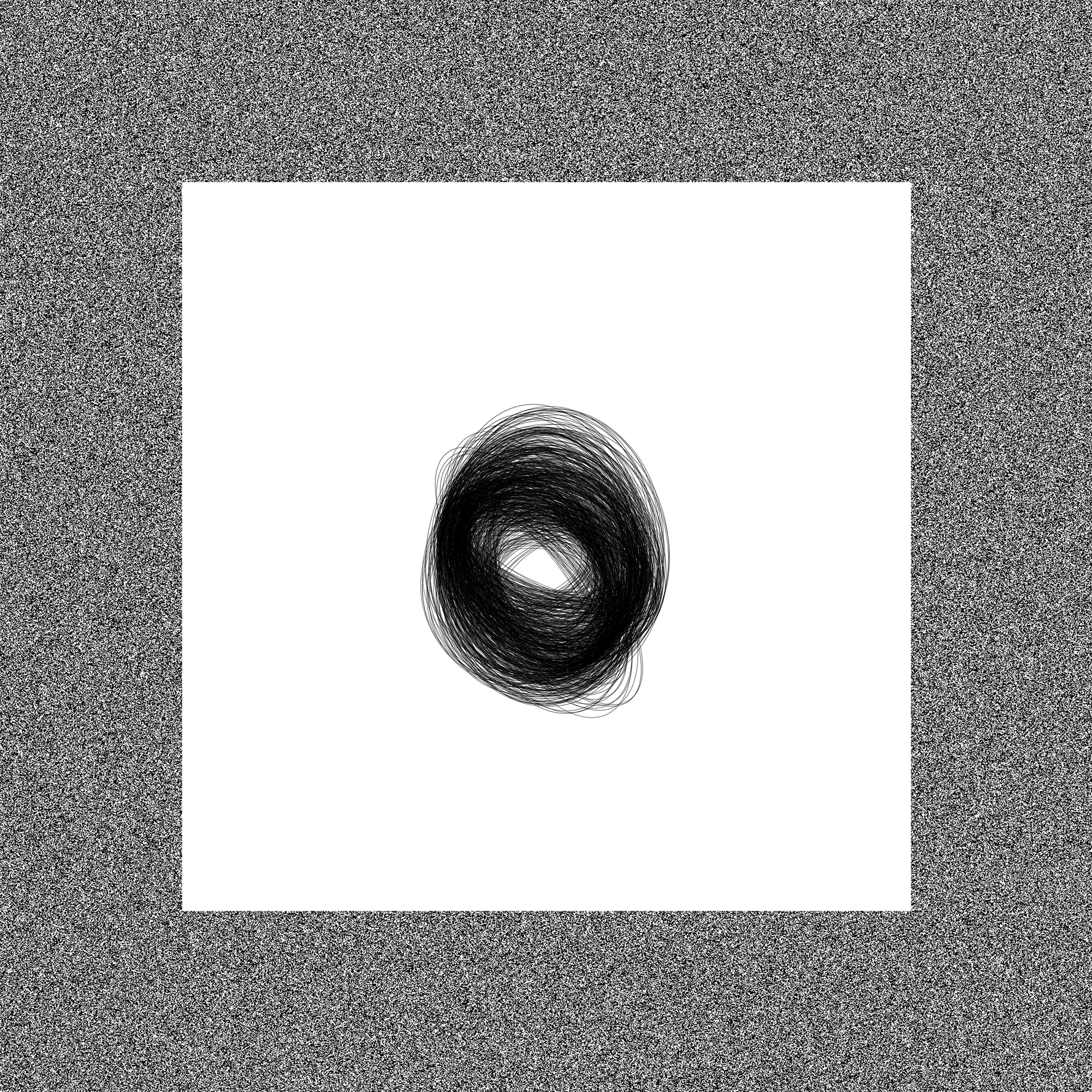

It was the work of Adam Ferris and his online generative sketches that first triggered my response to this topic from an aesthetic approach. I noted their simplicity and minimal style and understood the compatibility between the data available and their visual design. An abundance of other motifs also came from this work in relation to my chosen topic such as the circular symbol of a hole/mine as well tangled wires and cables knotted around a particular space. Oliver Laric’s ‘Versions’ inspired on a much higher level conceptually, especially when confronting my own attitudes towards the weight, relevance and power of this and other information. As an artist that looks specifically at contemporary ideas and their relationship to images, the concept and value of meaning is a recurring topic for him. This therefore became a much more prominent theme for me to address, particularly when dealing with such rigid data. I often found it difficult to let the programme take full control of the image I was trying to create, ironically becoming an obstacle myself to the accuracy of translating one form of information into another.


